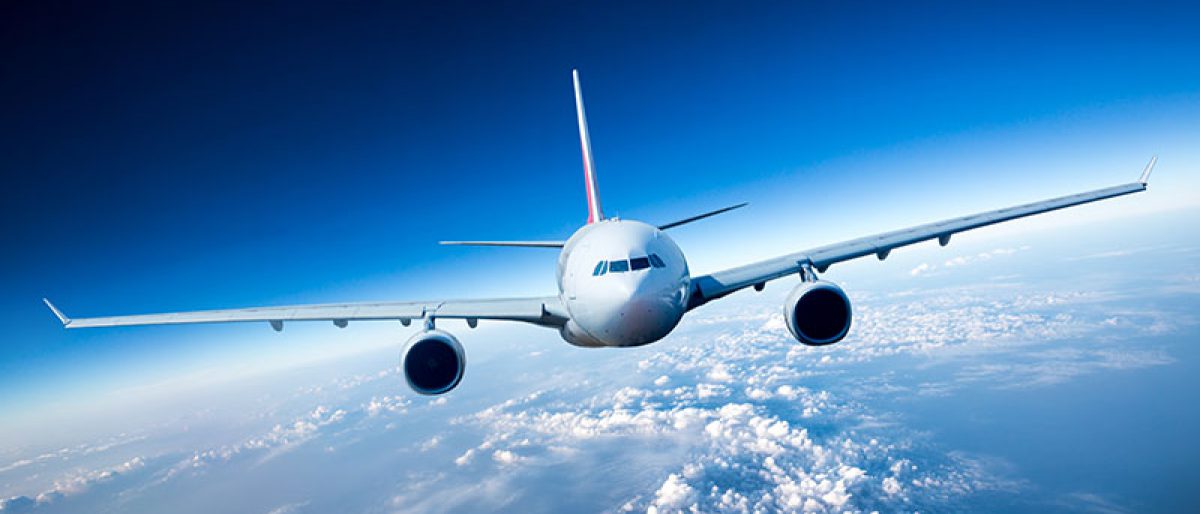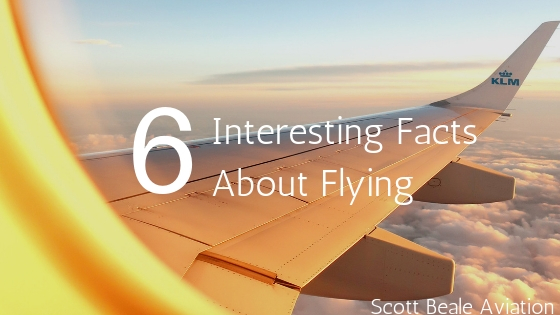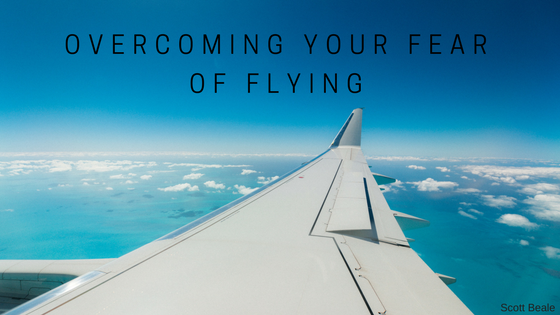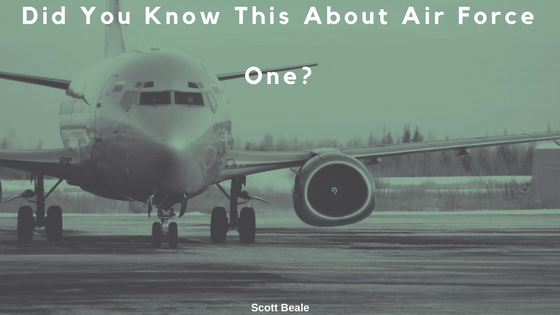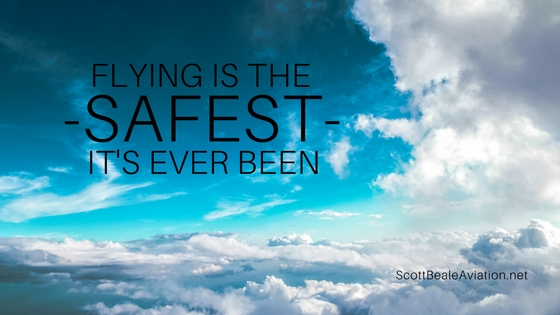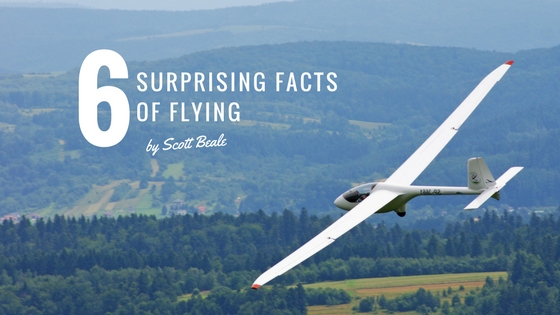One of the more interesting parts of an already interesting aviation industry is flying a plane. However, Scott Beale notes that going through flight school isn’t simple or easy. Like many worthy endeavors in life, one has to put in a lot of work and dedication to earn his wings.

Here are a few things aspiring pilots need to prepare for before heading to flight school.
Finances
Flight school doesn’t come cheap. It’s like going to college. And without enough savings, aspiring pilots may need to pull out a loan just to pay for the training expenses.
Schedules
A huge number of people who enter flight school have something else going on in their lives. Many of them have jobs. Before entering flight school, aspiring pilots need to check and re-check if they have time to do everything they need to do and go to flight school.
School
There are hundreds of flight schools all over the country. Aspiring pilots should choose one that’s reputable and accessible, and has the proper accreditation.

Instructor
Not all flight instructors are the same. Some are stricter, while others are more easygoing. Aspiring pilots should choose their instructors according to their own preferences and under which type of mentor they think they will have a better chance of learning and absorbing information.
Would you want to enroll in flight school? Share your thoughts with Scott Beale in the comments below.
Aviation and aerospace professional Scott Beale is responsible for piloting the successful business turnaround of Aerodynamics Inc. As its CEO from 2011 to 2015, Scott helped increase the company’s profitability with new business initiatives and diversification efforts. Visit this blog for more posts on aviation.
